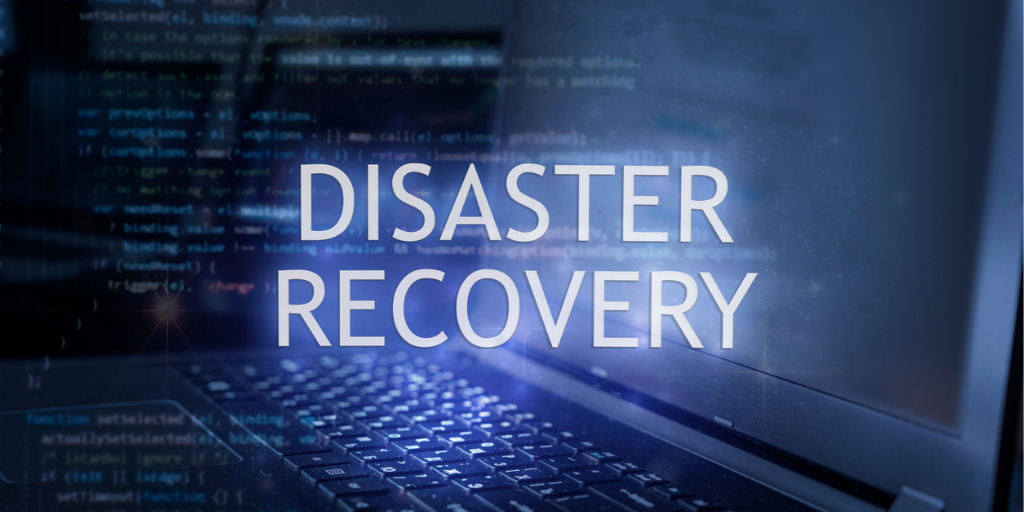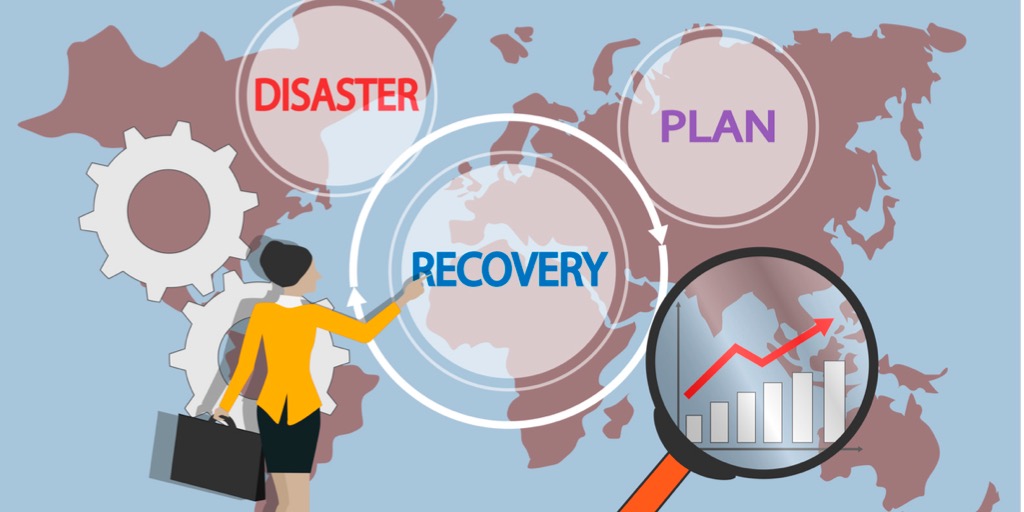Simplifying DR with Full Stack Disaster Recovery
The best thing about disaster recovery plans is that they are only needed in a disaster. But all too often businesses only discover problems with their plans during a disaster. Should this happen, disaster recovery becomes even more complicated – and political. One effective solution is to deploy Full Stack Disaster Recovery, an Oracle Cloud […]
Simplifying DR with Full Stack Disaster Recovery Read More »





